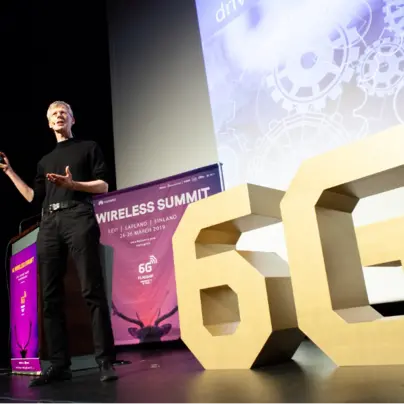A Low-Energy Rate-Adaptive Bit-Interleaved Passive Optical Network
19 September 2014

Energy consumption of customer premises equipment (CPE) has become a serious issue in the new generations of time-division multiplexing (TDM) passive optical networks, which operate at 10 Gb/s or higher. It is becoming a major factor in global network energy consumption, and it poses problems during emergencies when CPEs are battery-operated. In this paper, a low energy passive optical network (PON) that uses a novel bit-interleaving downstream protocol, is proposed.
The details about the network architecture, protocol and the key enabling implementation aspects, including dynamic traffic interleaving, rate-adaptive descrambling of decimated traffic and the design and implementation of a downsampling clock and data recovery (CDR) circuit, are described. The proposed concept is shown to reduce the energy consumption for protocol processing by a factor 30.
A detailed analysis of the energy consumption in the CPE shows that the interleaving protocol reduces the total energy consumption of the CPE significantly in comparison to the standard 10 Gb/s PON CPE. Experimental results, obtained from measurements on the implemented CPE prototype, confirm that the CPE consumes significantly less energy than the standard

